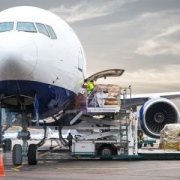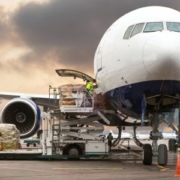
From natural disasters like hurricanes and floods to geopolitical tensions, labor disputes, and health crises such as the COVID-19 pandemic, the need for comprehensive crisis preparedness has never been more critical.
In today’s ever-evolving global supply chain landscape, forwarders and their shipper customers face an array of challenges. From natural disasters like hurricanes and floods to geopolitical tensions, labor disputes, and health crises such as the COVID-19 pandemic, the need for comprehensive crisis preparedness has never been more critical.
Crisis Readiness: A Necessity, Not an Option
As supply chains grow increasingly complex and interdependent, the potential for disruptions looms larger than ever before. For logistics providers and their clients, the ability to weather the storm and navigate these turbulent waters is a make-or-break proposition.
Preparing for the Unpredictable
When a hurricane strikes, logistics providers find themselves grappling with myriad challenges. Disruptions to transportation networks, damage to infrastructure and equipment, and supply chain delays can wreak havoc. However, with strategic planning and proactive measures, forwarders can minimize the impact of such disruptive events.
Proactive Measures for Swift Recovery
To ensure business continuity and a swift recovery in the face of a crisis, forwarders and shippers must adopt a proactive approach. This includes:
- Risk Assessment: Identifying potential vulnerabilities in the supply chain and assessing the impact of various crisis scenarios.
- Contingency Planning: Developing robust contingency plans tailored to specific risks, including provisions for alternative routes, suppliers, and transportation modes.
- Communication: Establishing clear lines of communication with key stakeholders to facilitate real-time updates and decision-making during crises.
- Technology Integration: Leveraging advanced technologies, such as real-time tracking and data analytics, to enhance visibility and responsiveness.
- Supply Chain Diversification: Reducing dependency on a single source or location by diversifying suppliers and distribution channels.
In the face of an increasingly complex and uncertain global supply chain operating environment, crisis preparedness is not an option; it’s a necessity. Forwarders and their customers must collaborate to develop and implement comprehensive crisis management strategies. By doing so, they can mitigate the impact of disruptive events, ensure minimal downtime, and emerge from crises stronger and more resilient than ever before. In a world where uncertainty is the only certainty, preparedness is the key to success.
If you have any queries call us at +353 1 533 7772 or email us at [email protected]. And visit our website, our facebook and Linkedin pages.


















